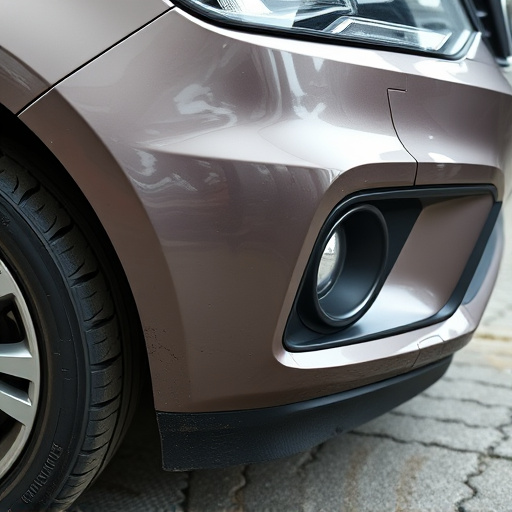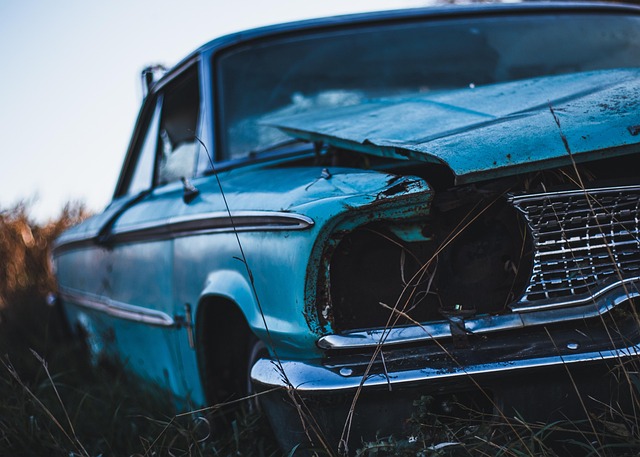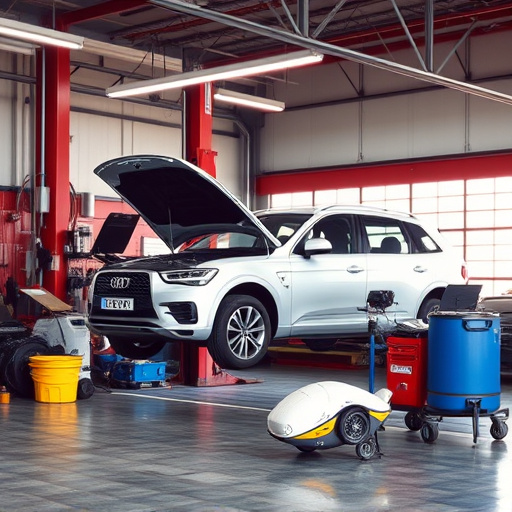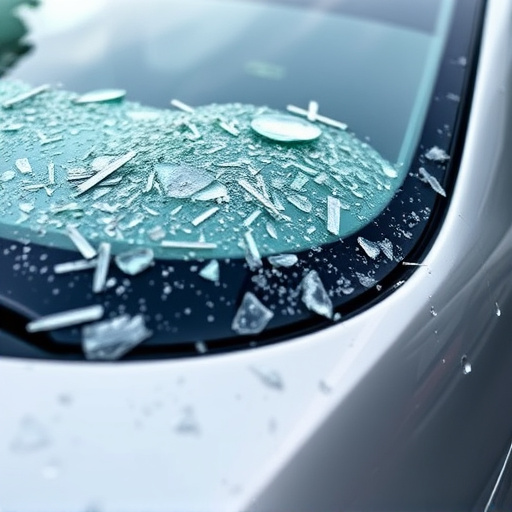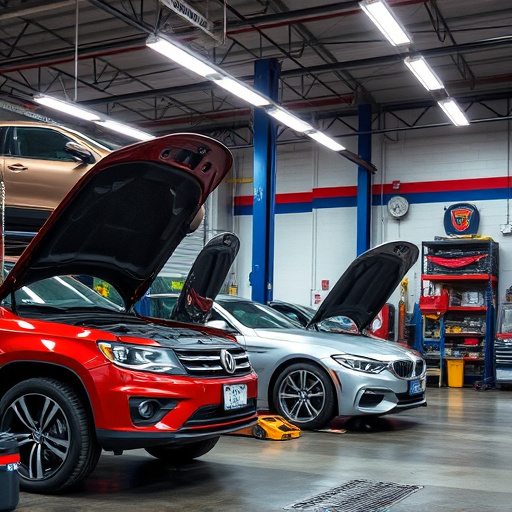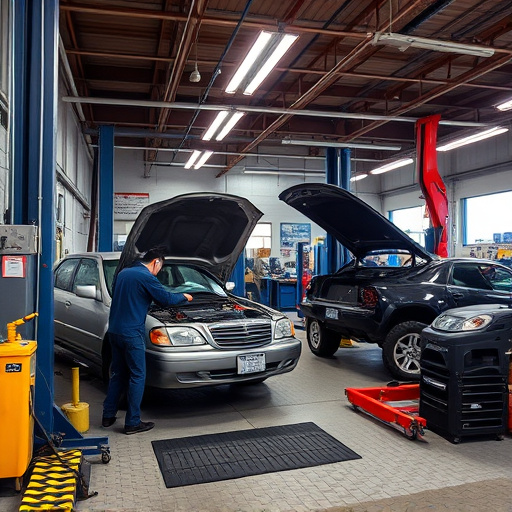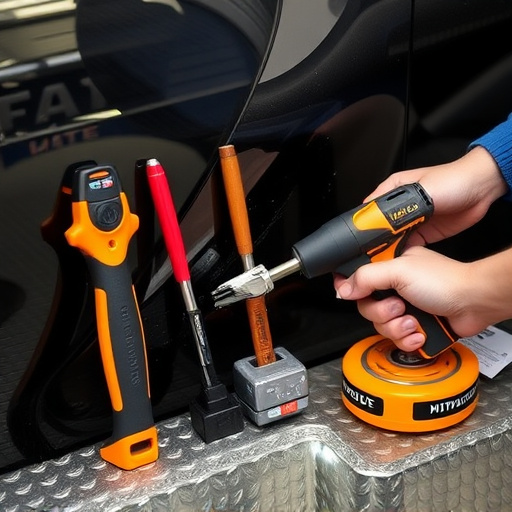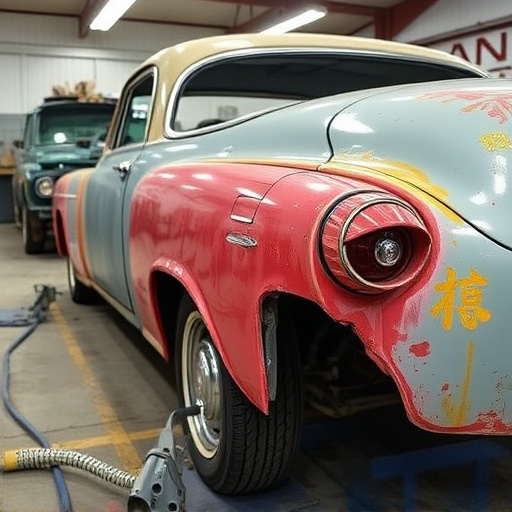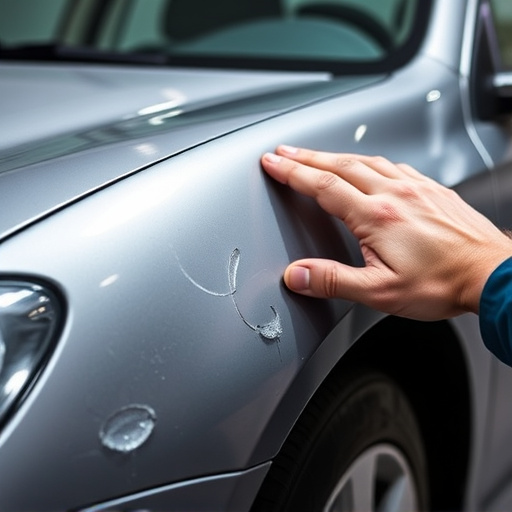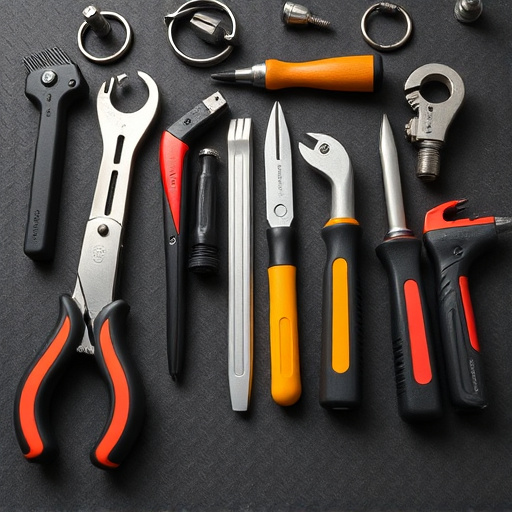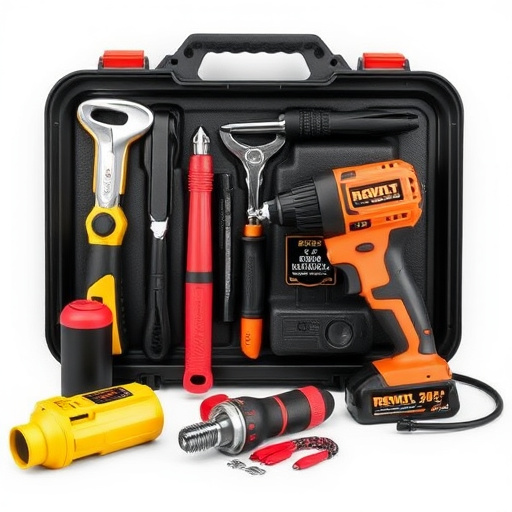High-strength steel repair is a vital practice across industries, utilizing different steel types for specific applications. Auto detailing professionals rely on it for safety features like crumple zones and side impact protection. Essential tools include precision shears, welder, safety gear, and automotive equipment. Safety precautions, such as welding ear protection and ventilation, are crucial. The process involves inspecting, cleaning, repairing (patching, welding, or bonding), and finishing the steel to prevent corrosion. It's particularly important for structural repairs and luxury vehicle restoration, ensuring both strength and aesthetics.
“Discover the fundamentals of high-strength steel (HSS) repair with this comprehensive beginner’s guide. From understanding the diverse types and applications of HSS, to mastering essential tools and safety protocols, this article equips you for successful repairs. Learn effective techniques tailored for HSS, ensuring long-lasting and robust solutions. Explore practical tips, step-by-step instructions, and expert insights on navigating the unique challenges of HSS repair. Elevate your skills with this authoritative resource—your go-to guide for high-strength steel repair.”
- Understanding High-Strength Steel: Types and Applications
- Essential Tools and Safety Precautions for Repair
- Step-by-Step Guide to Effective High-Strength Steel Repair Techniques
Understanding High-Strength Steel: Types and Applications

High-strength steel is a versatile material that has revolutionized various industries due to its exceptional strength and durability. This type of steel is characterized by its high tensile strength, enabling it to withstand extreme pressures and stresses. The versatility of high-strength steel repair lies in its diverse applications across sectors. In the automotive industry, for instance, it’s used extensively in modern vehicles, enhancing safety features like crumple zones and side impact protection. Its robust nature also makes it ideal for structural repairs in buildings and bridges, ensuring stability and longevity.
Understanding the different types of high-strength steel is crucial when embarking on repair tasks. These alloys are classified based on their composition and mechanical properties. One common classification includes low alloy steels, which contain small amounts of elements like chromium or molybdenum, enhancing their strength and corrosion resistance. Another category is high-alloyed steels, featuring higher element compositions for specialized applications. Whether it’s auto detailing, auto glass repair, or working in a collision center, professionals rely on high-strength steel repair techniques to ensure structural integrity and precision.
Essential Tools and Safety Precautions for Repair
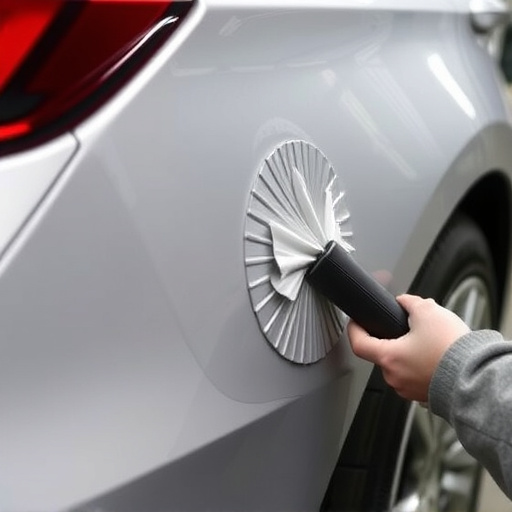
Before tackling any high-strength steel repair project—be it on a vehicle, fence, or structural beam—assembling the right tools is paramount. You’ll need a set of strong, precision-cut metal shears for cutting and shaping sheets, along with a sturdy welder capable of handling high-strength steel. Safety goggles and gloves are non-negotiable; they protect against sparks, splinters, and heat burn. For vehicle repair or auto body painting projects, consider investing in an air compressor and sanders to smooth out the surface before repainting or reassembling.
Safety precautions can’t be overstated when dealing with high-strength steel. Always wear ear protection to avoid hearing damage from welding noises. Ensure adequate ventilation, as the process generates fumes that can be harmful if inhaled. Maintain a well-organized workspace, keeping all tools and materials within easy reach but away from the immediate work area to prevent tripping hazards. Regularly inspect your gear for wear and tear, replacing faulty tools immediately to ensure both safety and effective high-strength steel repair.
Step-by-Step Guide to Effective High-Strength Steel Repair Techniques

High-strength steel repair requires a systematic approach to ensure structural integrity and longevity. Here’s a step-by-step guide for effective techniques:
1. Inspection: Begin by thoroughly inspecting the damaged area, identifying the extent of corrosion, pitting, or cracking. For auto body restoration on vehicles like Mercedes Benz, this involves checking panel alignment and surface integrity.
2. Preparation: Clean the affected zone using industrial strength cleaners to remove grease, dirt, and any remaining debris. Sand the area gently to create a smooth surface for better adhesion during the repair process. This step is crucial in both high-strength steel repair and auto body shop procedures.
3. Patching and Filling: For small defects, apply an appropriate high-strength steel repair compound, filling the damaged area completely. Ensure it matches the metal’s thickness to prevent weaknesses.
4. Welding or Bonding: Depending on the severity of damage, use either welding techniques or advanced adhesives specifically designed for high-strength steel. Welding offers unparalleled strength, while bonding agents provide a precise and efficient repair, suitable for more detailed auto body restoration work.
5. Finishing Touches: After the repair compound or adhesive has set, sand the area again to achieve a smooth finish. Prime and paint as necessary, ensuring complete coverage for both aesthetic appeal and protection against future corrosion.
High-strength steel repair is a specialized skill that, with the right knowledge and tools, can be mastered by beginners. By understanding the various types of high-strength steel and their applications, you can approach repairs with confidence. Following safety precautions and utilizing essential tools will ensure successful outcomes. With these foundational steps, you’re well-equipped to tackle high-strength steel repair projects, making it an accessible and rewarding endeavor for anyone eager to learn.
